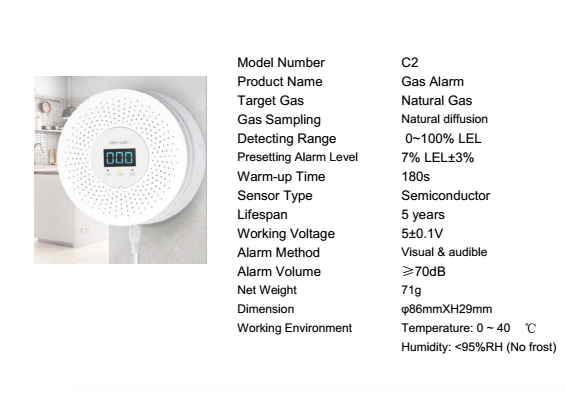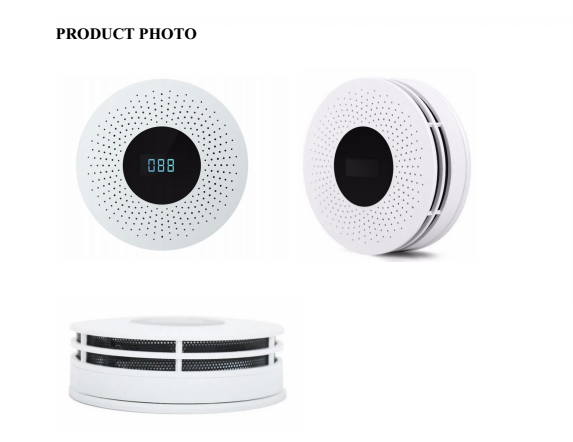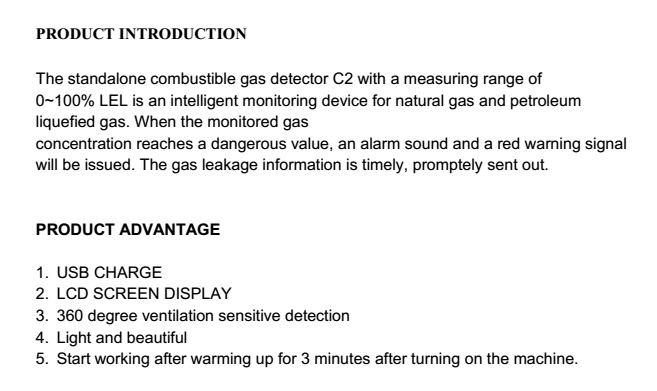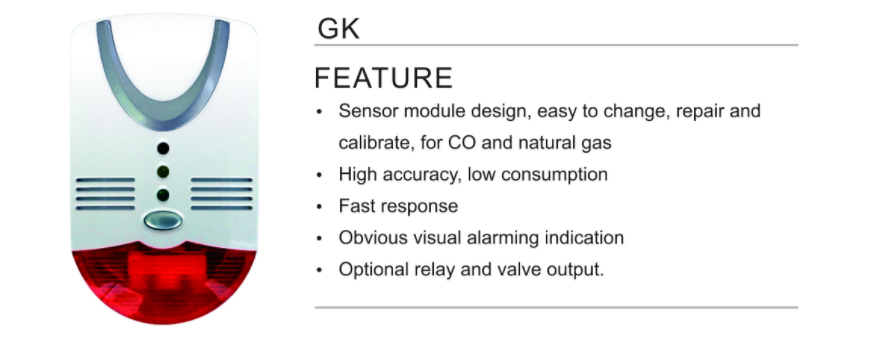For the maintenance of lead-acid batteries, it is necessary to first understand the structure and principle of lead-acid batteries. Lead-acid sealed batteries consist of positive and negative plates, separators and electrolytes, battery cells and connecting strips (or lead parts), terminals and exhaust valves. First, the main components of the battery 1. The pole plate is the core component of the battery and is the “heart†of the battery. It is divided into a positive plate and a negative plate. 2. The function of the separator is to isolate the positive and negative plates to prevent short circuit, which may be called “third electrodeâ€. As a carrier of the electrolyte, it can absorb a large amount of electrolyte and function as a good diffusion of ions (ion conduction). For sealed maintenance-free batteries, the separator also acts as a positive channel to generate oxygen into the "channel" of the negative plate, allowing it to smoothly establish an oxygen cycle and reduce water loss. The use of ultra-fine glass fiber is the key to maintenance-free operation of the separator battery. 3. The electrolyte is mainly composed of pure water and sulfuric acid, and is mixed with some additives. The main role: First, participate in the electrochemical reaction, is one of the active substances of the battery; the second is to conduct electricity, the use of ions in the electrolyte during the use of the battery to play a conductive role, so that the chemical reaction can be carried out smoothly. 4. The safety valve is one of the key components of the battery. It is located at the top of the battery and it has four functions: (1) Safety function, that is, when the gas pressure generated inside the battery reaches the safety valve pressure, the valve is released to release the pressure to prevent the battery from being deformed or broken. (2) Sealing function, when the internal pressure of the battery is lower than the closing pressure of the safety valve, the safety valve is closed to prevent the internal gas acid mist from leaking out, and also prevent the air from entering the battery and causing adverse effects. (3) Ensure the normal internal pressure of the battery, promote oxygen compounding in the battery, and reduce water loss. (4) Explosion-proof effect, some safety valves are equipped with acid-proof and anti-explosive tablets. Such as Panasonic battery. There are many types of safety valve structures, mainly including cap type, umbrella shape and sheet shape. One of the most common is the hat-type cymbal, which is made of a rubber with better elasticity. The structure is simple and the failure rate is low, so it is widely used, such as Panasonic, Haibao, Supermicro, Tianneng, Juheng and other batteries. Second, maintenance experience and principle (1) Repair principle The repair methods are electronic, chemical and physical. The chemical method is to inject a special electrolyte (usually a translucent liquid) containing the chemical component of the "active agent" into the lead-acid battery, and to eliminate the crystallization of lead sulfate by chemical reaction, to promote the smooth flow of the current in the battery and to regenerate the aging battery and effectively extend the battery. Its service life. (2) Repair experience and skills 1. Charging method: Generally, the battery with lighter vulcanization can be recovered by normal charging. In general, the larger the discharge current, the shorter the life of the battery; the deeper the discharge depth, the shorter the life of the battery. In theory, the battery should be used to avoid deep discharge when it is used. It should be shallowly charged, but overcharged some vulcanized batteries or using a pulsed charger (for example, Colin charger) has a good recovery. The role of capacity. 2, hydrotherapy: the battery with heavy vulcanization, "hydrotherapy" charging and discharging, in order to return to normal. (1) Distilled water having a capacity of 500 ml of a trickle bottle used by the hospital was mixed with 0.5 ml of analytically pure concentrated sulfuric acid to prepare a dilute sulfuric acid electrolyte having a density of about 1.050 as a hydrating solution. (2) Open the top cover of the battery (must be careful to avoid damage), unscrew the single-cell control valve (or remove the rubber cover), add 50.5-15 ml of the electrolyte to the battery, and inject the electrolyte into the electrolyte. After that, it is better to place the battery for more than 10 hours, so that the replenishing solution is soaked into the partition to just see the presence of flowing electrolyte (more clearly seen in the vertical illumination hole of the flashlight) or flip the battery 90 degrees to make the small hole Face the side, let the excess electrolyte overflow, then turn back). (3) Connect the battery and the tester, and press the “Battery Repair†function button of the tester to repair it. The tester automatically enters the sulfur recovery for three or six hours. After three hours of desulfurization time, it automatically switches to the working mode "3". It is charged-discharged-charged, the charging current is 3A, the discharge current is 5A, and the tester automatically displays the discharge. Capacity and time are very intuitive. Record the capacity each time, repeat three or four times until the capacity no longer rises. 3, battery parallel shunt method: If the battery temperature rises quickly during the repair process, the charge and discharge current should be reduced. At this time, the two batteries can be connected in parallel to the tester line, and the charge and discharge current is the original 1/2. (Ignore the difference in internal resistance), the effect is also very good. (Note: If the battery voltage and capacity difference between the parallel batteries is large, use a diode with a current greater than 6A to isolate the battery or pre-charge it separately, so as to avoid the impact of the battery with high voltage and capacity on the other battery.) 4. Battery series repair method: This method is used when the nominal voltage of a single battery is lower than 12V. For example, rechargeable emergency lights on the market often use 6V4AH, and 6V7AH batteries, while the tester's single output is 12V. At this point, two 6V batteries can be connected in series to test the desulfurization. (Note: 1 should select the appropriate charging and discharging current according to the nominal capacity of the battery; 2 if only the vulcanization is not used to charge the tester, can). 5, output and charge charging method: If the battery capacity is repaired, such as some cars with 100AH ​​battery, sometimes need to increase the charging current, at this time can use the tester's two or more outputs simultaneously parallel to be repaired On the battery to enhance the charging current. In the actual test, I found that according to the different batteries, the high-precision 4 and a half digital multimeter DC 20A test, the current of the tester after two parallel connection to the battery is gradually increased to the sum of the two currents. 6. Output combination method: If the battery is old or has a serious self-discharge and the battery is severely vulcanized, this method can be used when the effect of hydration and charging recovery is not obvious enough. The method is to use one way for normal charging, and the other battery "battery repair" function also applies desulfurization work to the battery while charging, that is, the two outputs are simultaneously connected to the repaired battery (the tester is connected in parallel) but the selected The mode is all the way to charge, all the way to desulfurization. This method works well for severely cured batteries. When using this method, it is better to choose a smaller charging current, such as 700 mA or 3A. Because of the superposition of the repair function, the repaired negative pulse current is greater than the positive pulse. The 5A is selected to compensate for the offset of the resulting charging current. . 7, output series boost method: (Note: must first open the tester operating mode and start the same functional mode, then connect in series, then connect the battery.) This method is effective for battery voltage of 24V or 36V or the whole battery, both The two or more outputs of the tester are connected in series and then connected to the battery. The two series voltages are 24V and the three channels are 36V. However, the actual test found that the voltage is increased after paralleling, but the current is still the selected current. For example, the current is 3 amps current charging mode. The voltage obtained after series connection is 24V output, but the current does not increase. It should be noted that the current selection of each line of the tester should be the same and must be started at the same time. If the three-way series is 36V, the charging current should be the same size and started. 8. Heating method: For the battery with long battery life, the electrolyte is severely dry, and it is not necessary to stand still for 24 hours after the water is replenished. This method is used when customers urgently need to repair. After the repaired battery is hydrated, in order to accelerate the penetration of the electrolyte into the interior of the battery (the separator - using ultra-fine glass fiber as the carrier of the electrolyte, it can absorb a large amount of electrolyte) and its own chemical reaction, the hydration battery is placed at 70 degrees. Soak in hot water left and right (note: do not submerge the battery to prevent short circuit) for more than 1 hour. After that, remove the battery from the hot water for normal repair work. 9. Output trigger method: The mainland pigeon tester has the function of self-diagnosis detection of the battery. Under normal circumstances, the battery should be able to hear a slight “beep†sound when it is connected to the tester, indicating that the internal relay of the tester is closed. If the battery voltage is too low, although the corresponding function such as access to the repair instrument, operation start repair, etc., the red digital tube on the panel is displayed normally. For example, the digital display of charging and discharging alternately flashes, but there is no corresponding current and voltage output under the self-protection detection function of the tester. In this case, the positive and negative output lines can be quickly connected to the repaired battery after triggering on a voltage higher than 6V (good battery). An easier way is to prepare a 9V laminated battery (a battery commonly used in multimeters, which is easy to buy) to trigger the tester output. Use the positive and negative terminals of the tester to simultaneously contact the positive and negative terminals of the 9V laminated battery. 10. Cooling method: During the charging and repair process, the temperature of the battery case should be checked frequently. When the overall temperature exceeds 40 degrees (feeling hot by hand), check whether the charging voltage and current are too high (continental pigeon tester) The voltage and current are very accurate. If it is normal, it must be cooled and cooled. (1) fan blower cooling; (2) immerse battery 2/3 in water to cool down, without interrupting repair work (such as charging and discharging, desulfurization, etc.); (3) reducing charging current (such as parallel battery shunt), lengthening charging time Wait. 11. Activated charging method: During storage or use, the battery can be activated and charged periodically, which is called balanced charging. This is very beneficial to prevent irreversible sulfation of the battery, and is beneficial to the battery life and is worthy of promotion. The Continental Pigeon Battery Capacity Tester is a three-way independent 12V circuit (36V type) and four 12V independent circuits (48V type). The output current and voltage are controlled by a microcomputer, which makes the output current and voltage very accurate and can be used as a balanced charger. Because the balance of the series battery pack is ubiquitous, there will always be a "backward" battery in use. Under normal circumstances, the battery can be charged and discharged in a regular manner to achieve balanced charging. 12, deep discharge and overcharge repair method: (Note: suitable for desulfurization voltage drop tester version). In the repair practice, some batteries were found to be “diseasesâ€, and there was no short circuit or open circuit, but no effect was found in many repairs and charges, and the test capacity was small or even zero. Deep battery discharge and overcharge repair methods can be adopted for the ills of such batteries. However, deep discharge does not mean simple deep discharge, but instead uses the potential function of the tester to continue depolarizing desulfurization immediately after discharging the battery, so that deep desulfurization while giving deep discharge to the battery causes the battery voltage to continue to drop. (When the repair function is run with the tester, the battery voltage naturally drops slightly) at least to below 9.5V. It is better to work better under 7.5V. Then charge to 16.2V (Note: When the temperature exceeds 14.8V, you must manually open or unplug the battery pressure limiting rubber valve to avoid over-charging caused by the battery over-charging). 13, small current charging repair method: use the tester with 700 mA small current charging (function mode is 0), or the default function mode 3 charging current selection L for up to 18 hours of charging, can also be done after hydration. This method also has a good effect on batteries that have been left for a long time and are severely vulcanized. 14. Use the tester to determine if there is an open circuit inside the battery. When there is an open circuit inside the battery (mostly the leakage of the battery causes the internal connection between the battery and the terminal to be open and open), the relay inside the tester will make a “beep†sound when the battery is discharged by the tester. In this case, you must immediately turn off the tester or disconnect the battery from the tester to avoid damaging the device. 15. Use the tester to roughly measure the battery self-discharge and the backward battery. After the battery is fully charged by the conventional method, it is placed for half a day, and then charged again with the tester. Generally, the charging is completed in 1 hour under normal conditions, and if the charging time exceeds 1 hour or more, the longer the self-discharge of the battery or the battery is backward. 16. General operation: Use a battery that has been used for a long time or has a significantly reduced capacity. First remove the battery from the battery box, solder the serial line with a soldering iron, and connect it to the tester for general charge and discharge. For example, select the tester. Working mode 3, using a multi-hour rate discharge process to continuously measure the voltage of each battery with a multimeter (the tester has a voltage display function, pay attention to observe the voltage drop), and select the "backward" battery with insufficient discharge capacity for processing. Add 1.050 dilute sulfuric acid first to see the flow of liquid just appearing. (It is very convenient to observe the vertical irradiation with a flashlight, or the battery is turned 90 degrees, so that the small hole faces the side, let the excess electrolyte overflow, and then turn back). Select the tester repair function. After each repair, the battery is allowed to stand for 0.5-4 hours and the battery voltage is measured, and the repair function is repeated until the capacities are similar or equal. After the repair, drain the flowing electrolyte, dry the surface of the battery, put on the cap, use PVC adhesive (PVC adhesive - decorative materials available in the market) or chloroform - also known as chloroform (chemical reagents) The store is available for sale). Third, the precautions in the repair process 1. Monitor the voltage of each battery with a multimeter at any time. The battery is heated. If there is an individual hole overflowing the electrolyte, use a syringe to remove it at any time to prevent the battery from short-circuiting. For individual heat-dissipating and overflowing electrolyte holes, do not add electrolyte. Replenish in time with distilled water. Because the individual holes are heated seriously, it is possible that the battery cells have short circuits, large internal resistance or high specific gravity of the electrolyte. Here, the high specific gravity of the electrolyte is given priority. Therefore, it is best to leave distilled water without concentrated sulfuric acid for use before repair. Then there is a manual selection of 3A current charging or battery parallel shunting for the hot battery, or water cooling method, fan blowing, etc. to reduce the charging current and temperature rise phenomenon, because the automatic repair function is automatically charged with 3A after desulfurization, if the repair is not When a small-capacity battery for an electric vehicle is used, it is likely to cause heat generation and electrolyte overflow. Note: The proper charge and discharge current should be selected according to the nominal capacity of the battery. 2. During the repair process, if there is any of the following phenomena, the battery can no longer be used. (1) Always check the temperature of the battery case (can be touched by hand), if there is a local temperature higher than other parts, or a certain electrolyte boiling, the gas is serious (even in the daytime, the heat is serious) The hole flashlight can see the white gas coming out, this method is very smart) that there is a short circuit in the inner plate of the grid. (2) If the battery is not charged for a long time (the voltage does not rise), after the desulfurization is repaired for more than 10 hours, the charging is not completed, or a certain local heat of the battery is serious. This may be a short circuit inside the battery cell, or It is caused by the falling off of the plate. The tester must be disconnected. Check the voltage and the charge, the battery is too low or the charge is too low (no power) battery can not be used, or need more durable repair time. (3) After the tester is connected to the battery to start the machine, if the tester cannot output normal voltage and current and there is a sound such as “å±å±...å—’å—’â€, it indicates that the internal circuit of the battery has been disconnected, so that the tester cannot output normally. The battery should be removed to avoid damaging the tester. (4) The performance of the end of battery life is: 1. The actual capacity of the battery drops to less than 60%; 2. The battery is hot when charging; 3. The charging is fast (the charging time is greatly shortened) and the discharge is fast (severe self-discharge) 4. Various performances are greatly reduced, the performance is extremely unstable, and may cause adverse consequences: such as charging and heating battery casing deformation, short circuit, open circuit, and even explosion hazard, more serious is long-term charging and the charger does not turn The lamp causes the charger to burn and cause other fires. Should pay attention.
The product is an intelligent gas detector system whch adopts advange technology of ultra low power consumption micro control unit.buit-in voice chip,led digital display the carbon monoxide concentration.voice prompt when alarm,at the same time send wireless signal to host,Using advantage electrochemistry technology.the sensor has the advantage of signal stabilization,high sensitivity and accuracy which widely applied in many kinds of occasion.such as oil extraction,chemical engineering,sewage treatment,coal gas,electric power,mining,tunnel construction,fire control,fire control etc.Gas Detector Msa producer and manufacture in china,welcoem to place order.
PRODUCT PHOTOS
Gas Detector Gas Detector, Gas Alarm, Methane Alarm, Gas Detector Propane, Domestic Gas Detector, Gas Detector Msa,Gas Detector Alarm Zhengzhou Bangmi Smart Technology Co., Ltd. , https://www.globalcleanrobot.com



